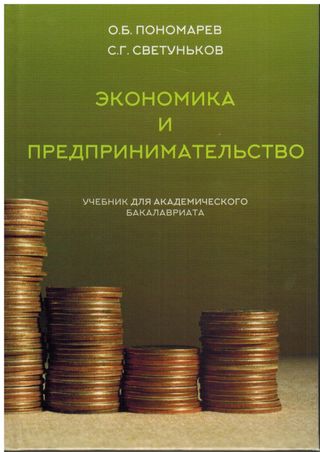?
Экономика и предпринимательство
Используя исторический метод, в учебнике рассматривается влияние предпринимательства на экономику через сложную системную взаимосвязь между предпринимательством, конкуренцией и инновациями. Основное внимание, конечно же, уделяется предпринимателю и предпринимательской деятельности. Обобщаются взгляды на предпринимателя со стороны экономической науки, психологии и социологии, на основании чего приводится модель жизненного цикла предпринимательства. Через призму роста предпринимательского капитала рассматриваются организационные формы предпринимательской деятельности и различные формы формальных и неформальных предпринимательских объединений. Соответствует Федеральному государственному образовательному стандарту высшего образования четвертого поколения. Для студентов академического бакалавриата по направлению «Менеджмент», но может быть полезен магистрантам, аспирантам и докторантам, занимающимся различными аспектами предпринимательства в современной экономике.
